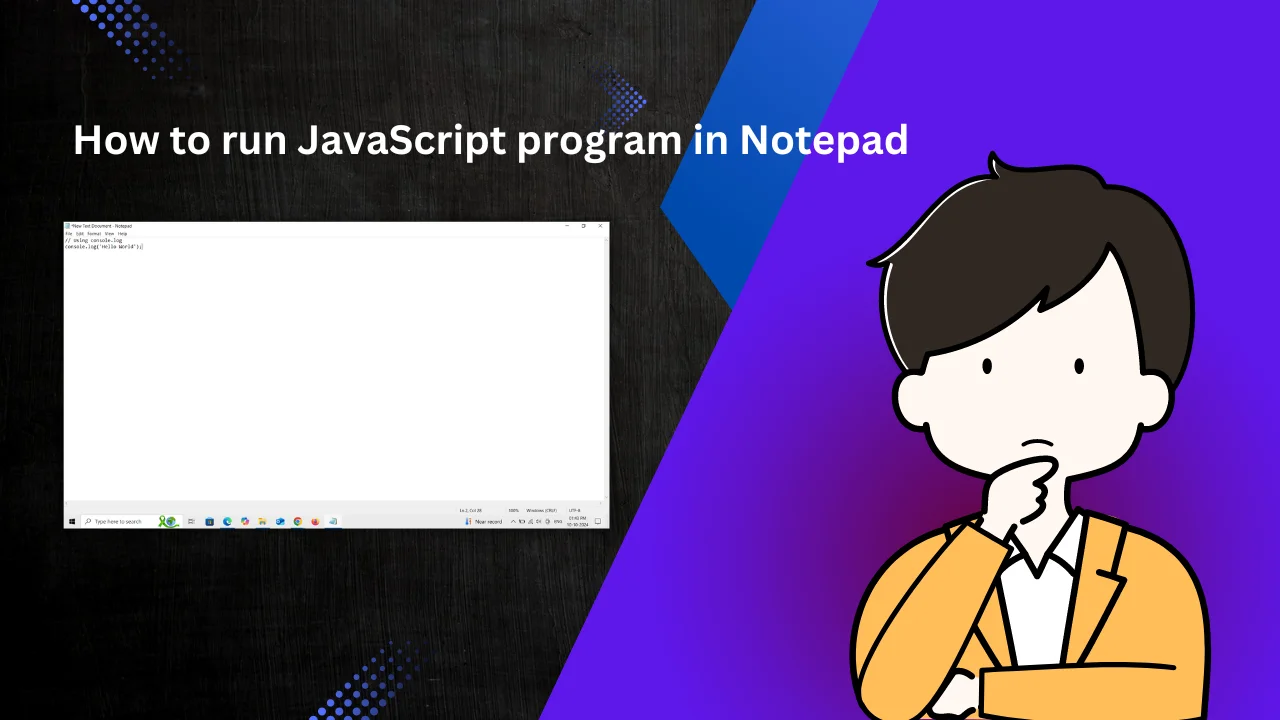As a professional developer, I know how crucial non-void functions are. They make our coding better. In this article, I'll tell you how to look up non void functions in vs code (Virtual Studio Code). You'll learn how to make your coding work easier by the end.
Understanding Non-Void Functions in VS Code
In VS Code, knowing the difference between void and non-void functions is key. Non-void functions are crucial in your code. They help improve your development process. Let's explore what non-void functions are and why they're important.
What Are Non-Void Functions?
Non-void functions return a value. They are different from void functions, which don't return anything. Non-void functions give an output that can be used in your code. This output can be a single value, an array, or a complex data structure.
These functions are great for calculations, data retrieval, or information manipulation. They let you use the result in other parts of your program. This makes your code more organized and reusable.
The Importance of Identifying Non-Void Functions
It's important to spot non-void functions in your VS Code project for several reasons:
- Improved code organization: Knowing which functions return values helps organize your code better. It makes it easier to understand and keep up with.
- Enhanced debugging: Being aware of function return values helps track data flow. It makes finding issues or bugs easier.
- Efficient code reuse: Non-void functions can be used to build more complex functions. This reduces code and encourages reuse.
Understanding non-void functions helps you write better, more efficient code in VS Code. It makes your code easier to maintain and grow.
How to Look Up Non Void Functions in VS Code
As a developer, knowing how to find and work with non-void functions in VS Code is key. I'll tell you how to do this step by step. This will make your coding work easier and more efficient.
First, let's look at VS Code's search feature. This tool lets you quickly find non-void functions in your code. Just use the search bar (usually Ctrl+F on Windows/Linux or Cmd+F on macOS) and type in what you're looking for. This helps you find the non-void functions you need.
VS Code also has a code navigation feature. Use Go to Definition (F12) or Peek Definition (Alt+F12) to jump to a function's source code. This is great for understanding a non-void function's purpose and how it works.
There are also extensions for VS Code that make finding non-void functions easier. For example, the Code Outline extension shows your project's structure. It lists all functions, including non-void ones. This makes it simple to find the non-void functions you need.
| Tool | Description |
| Integrated Search | Use the built-in search functionality in VS Code to quickly find non-void functions by searching for specific keywords or function signatures. |
| Code Navigation | Leverage the Go to Definition and Peek Definition commands to jump to the source code of a function and examine its return type, parameters, and behavior. |
| Code Outline Extension | Install the Code Outline extension to get a comprehensive view of your project's structure, including a list of all functions (both void and non-void). |
By using these tools and methods in VS Code, you can find and work with non-void functions easily. This makes your development work smoother and more efficient.
Conclusion
Understanding non-void functions in VS Code is key to better coding. It makes your code more efficient and effective. This skill improves your development process.
We've covered the basics of non-void functions and their role. They return values, making your workflow smoother. This is crucial for building strong applications.
Keep learning about function types, control flow, and debugging in VS Code. Stay curious and keep improving. This will help you grow as a developer.









Leave a Reply